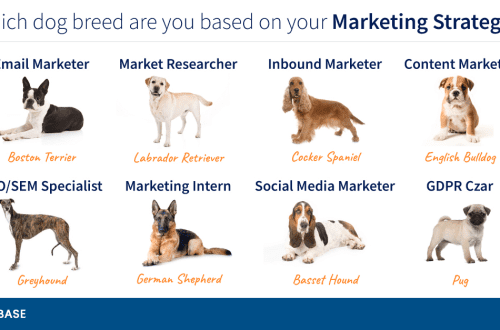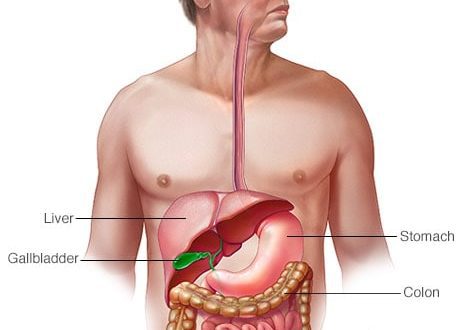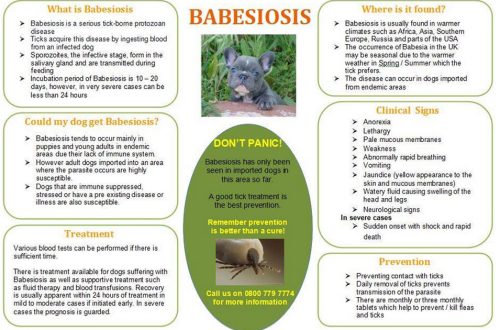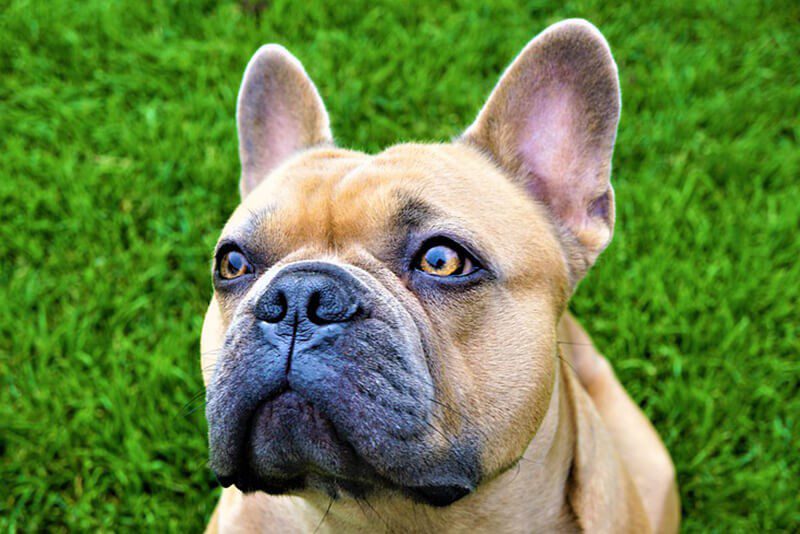
Brachycephalic dog
Who are they brachycephalic dogs? Brachycephals are dog breeds with a flattened, short muzzle. Due to their unusual appearance (large eyes, snub noses), these breeds are extremely popular. But the owners of such dogs should not forget that health problems can become a retribution for such an appearance. This means that the owners require special care and attention. 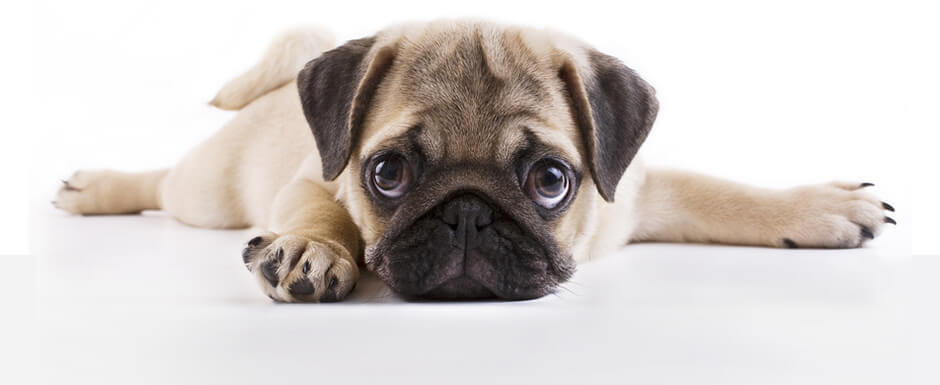 The typical brachycephalic dog is a pug
The typical brachycephalic dog is a pug
Contents
What dog breeds are brachycephalic?
Brachycephalic dog breeds include:
- Bulldog,
- Pekingese
- pugs,
- Sharpei,
- shih tzu,
- Griffons (Brossel and Belgian),
- boxers,
- Lhasa Apso,
- japanese chins,
- Dogue de Bordeaux,
- pomeranian,
- Chihuahua.
Why do brachycephalic dogs have health problems?
Alas, the retribution for the original appearance was anomalies in the structure of bone tissue and an excess amount of soft tissues of the head. This causes numerous health problems in brachycephalic dogs.The Most Common Problems in Brachycephalic Dogs – This is the growth of the soft palate and narrowing of the nostrils – the so-called brachycephalic syndrome. If the airways are not narrowed too much, the owner may not even notice that the dog is not feeling well. However, in one not very pleasant moment, the dog may lose consciousness “from nerves” or “from overheating” or suffocate from “usual laryngitis”.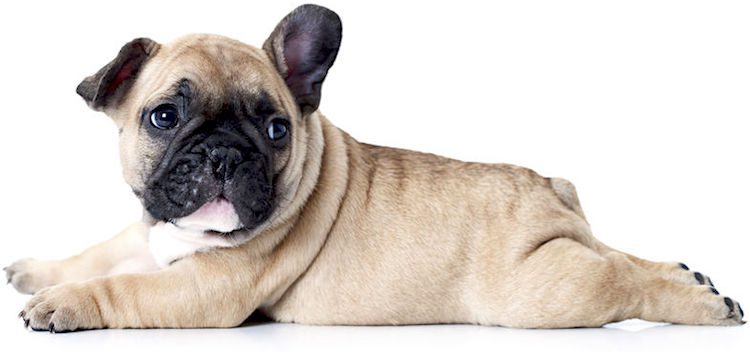 Brachycephalic dogs (French Bulldogs in particular) often have health problems.
Brachycephalic dogs (French Bulldogs in particular) often have health problems.
Can brachycephalic syndrome be cured?
You can use plastic surgery. The operation is the expansion of the lumen of the nostrils, as well as the removal of excess tissues of the soft palate.
Planned correction is desirable to appoint dogs up to 3 years. In this case, there is a chance to stop the development of the disease or prevent it.
If your dog is over 3 years old, it may also have other abnormalities in the structure of the head, as a result of which “cutting off” the folds of the larynx with a displacement of the arytenoid cartilage with suturing is added to the standard operation.
Rules for the Owner of a Brachycephalic Dog
- Be sure to take your dog to the veterinarian every year for medical examination. This will help to identify the beginnings of dangerous changes in time. Examination most often will include, in addition to external examination, listening to the lungs and heart, ultrasound of the heart, x-ray, if necessary, examination of the larynx (laryngoscopy).
- Walk a brachycephalic dog in a harness, not a collar. The harness evenly distributes pressure and load.
- If you notice the slightest change in your dog’s behavior or if he starts making any new sounds, consult your veterinarian as soon as possible.
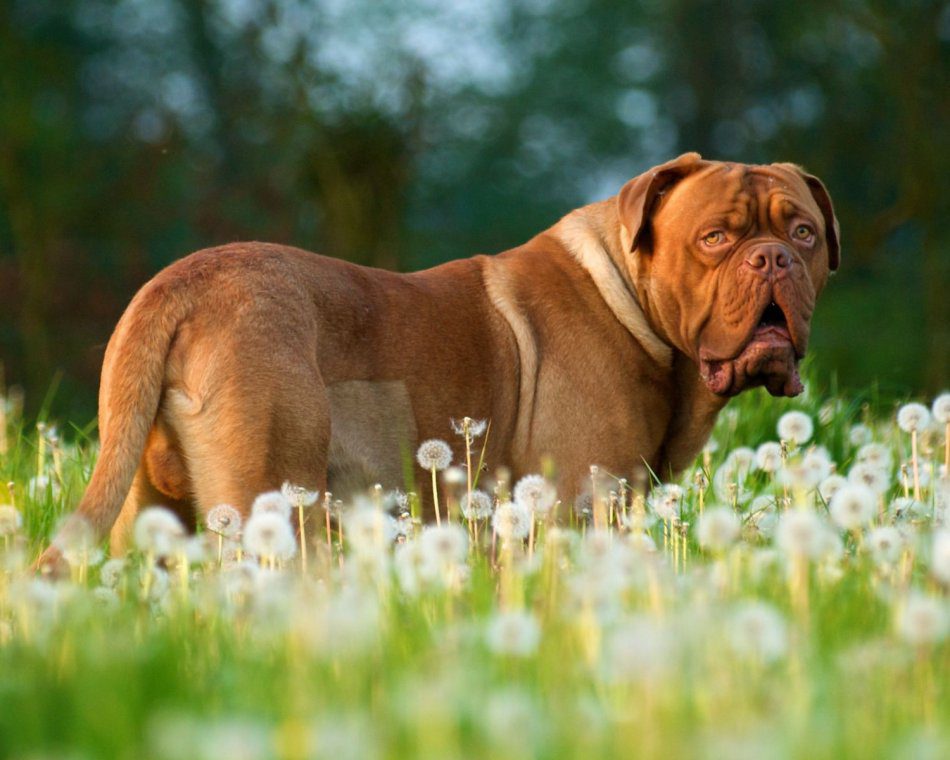 In the photo: Another typical representative of brachycephalic dogs is the Dogue de Bordeaux.
In the photo: Another typical representative of brachycephalic dogs is the Dogue de Bordeaux.
The life of brachycephalic dogs is not easy and full of trials. Therefore, the task of the owners is to make it as easy and comfortable as possible.



